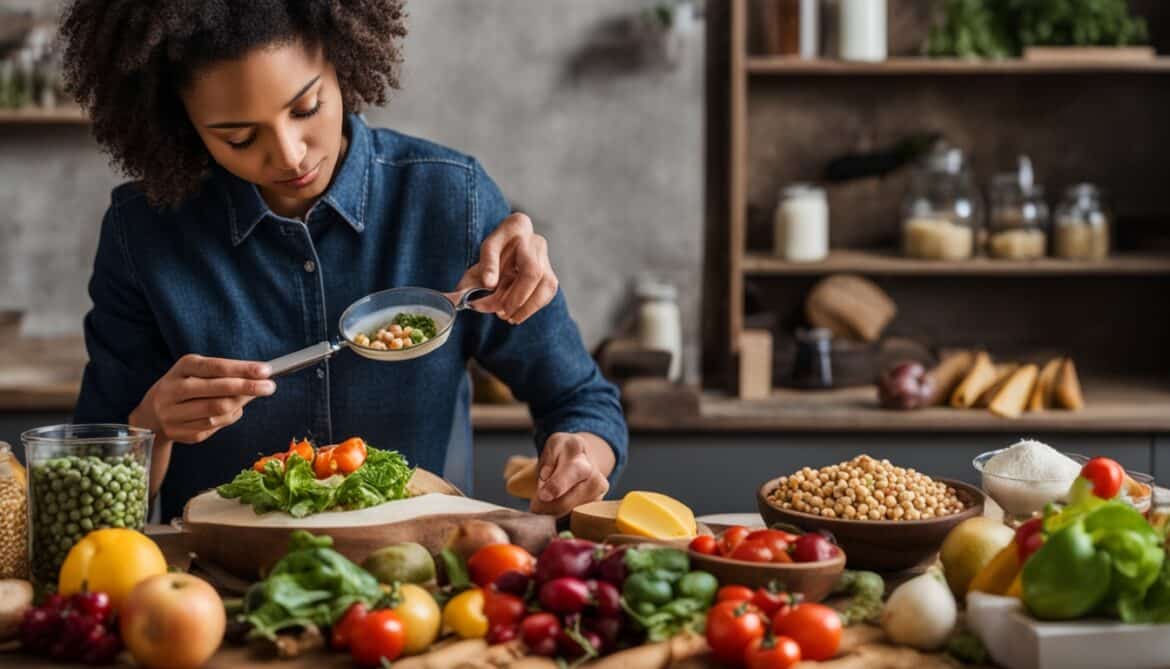Figuring out what foods are truly good for us can feel overwhelming. There’s a lot of info, and some of it is wrong. People get confused easily. I’m here to help, providing clear guidance on nutrition so you can make smart choices. In a study of 8,000 people from the US, UK, France, and Germany, we saw a trend. More folks are paying attention to what they eat. They want to be healthy but are unsure about the best way to do it. Many want to eat less processed food, sugar, fat, salt, and red meat. Younger people are keener on skipping red meat, dairy, and gluten. The COVID-19 outbreak changed a lot. Now, people are really into fresh foods, natural ingredients, and meals made at home. While caring for the planet is a big deal, health comes first for most. But not that many are ready to pay extra for eco-friendly food. When picking what to eat, cost and good value are still top concerns. Key Takeaways: Consumers are keen to eat better and cut back on processed items, …
Tag:

